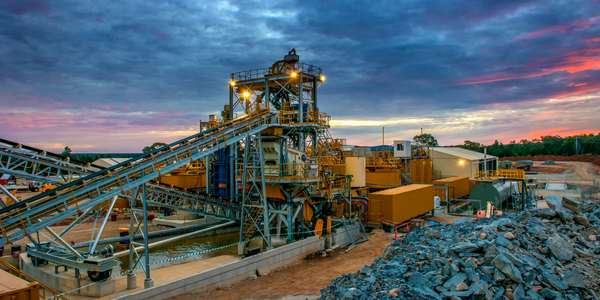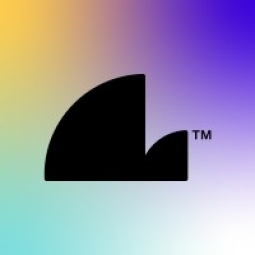Applicable Functions
- Product Research & Development
- Quality Assurance
Use Cases
- Personnel Tracking & Monitoring
- Visual Quality Detection
Services
- Testing & Certification
About The Customer
Adrian Fisher Mazes Ltd., owned by Adrian Fisher and his wife Marie, is the world’s leading maze design company. With a team of 12 designers and sales staff in Britain, and eight additional staff in other countries, the company has used a variety of materials to create mazes of all types and proportions at prominent sites around the globe. The company designs 90 mazes each year, including ‘finger’ mazes made of plastic for children’s playgrounds, and has designed the world’s first maize and water mazes. Fisher is a world-record breaker, having designed the largest permanent maze in the world for the 2008 Olympic Summer Games in Yunnan Province, China.
The Challenge
Adrian Fisher Mazes Ltd., the world’s leading maze design company, faced a significant challenge in designing and rendering complex maze configurations in full color. The company, which designs 90 mazes each year, needed an efficient way to share design renderings with clients located around the world. The challenge was to ensure that the various dimensions of a design, such as its navigational complexity or color treatment, could be well represented for the client’s clear understanding. This was particularly important for large-scale projects like the Jasmine Tea Maze, designed for the 2008 Olympic Summer Games in Yunnan Province, China, which was set to be the largest permanent maze in the world.
The Solution
Adrian Fisher Mazes Ltd. turned to CorelDRAW to solve their design challenges. Using CorelDRAW, the company was able to develop various versions of the Jasmine Tea Maze, showing the bush composition and three separate networks of pathways with varying levels of navigation difficulty. The software allowed them to render their designs and send them as file attachments, making it easy to communicate their vision to customers. CorelDRAW also delivered considerable savings in the production of Fisher’s Finger Mazes by eliminating the need for manufacturer redrawings. The color capabilities of CorelDRAW were particularly valuable, allowing the company to match 43 different colors of clay available for brick paving to the appropriate Pantone, and then flood the color in and print it out.
Operational Impact
Quantitative Benefit

Case Study missing?
Start adding your own!
Register with your work email and create a new case study profile for your business.
Related Case Studies.

Case Study
Goldcorp: Internet of Things Enables the Mine of the Future
Goldcorp is committed to responsible mining practices and maintaining maximum safety for its workers. At the same time, the firm is constantly exploring ways to improve the efficiency of its operations, extend the life of its assets, and control costs. Goldcorp needed technology that can maximize production efficiency by tracking all mining operations, keep employees safe with remote operations and monitoring of hazardous work areas and control production costs through better asset and site management.

Case Study
Rapid and Simple Installation Provides Access to Critical Data
The customer needed to monitor non-contact alignment and non-contact process temperature in different positions along a 100-meter production line. Space around the line is tight and operators and forklift trucks are passing by constantly. Installation of correctly routed cables from sensors back to the control station would have been expensive and would have taken too long and caused too much disruption to ongoing operations.

Case Study
Cisco Kinetic for Oil and Gas: Refineries and Plants
The plant manager and safety teams needed a solution that provided near real-time visibility of gas detection and personnel location, with easy to understand visualization and alerting dashboards. This would enable them to improve productivity through decreasing the time taken to start work, optimize evacuation route planning, and to meet critical staff safety and compliance goals.
Case Study
Real-Time IoT Tracking and Visualization Improve Manufacturing
Shimane Fujitsu, a wholly-owned subsidiary of Fujitsu and a leading manufacturer of business notebooks and tablets, set out to improve processes where factory inspections found product errors. Prioritizing product rework based on shipping date was challenging, and it caused Shimane Fujitsu to incur additional shipping fees. The company needed a way to collect data to better track the location of products in the rework cycle as well as monitor progress in real time. The collected data would also help process analysis for future improvements.

Case Study
Industry 4.0 at ALPLA: Enhancing Factory Efficiency with IoT
ALPLA, a global leader in packaging solutions, faced several challenges as the complexity of their production machinery increased. The need for highly trained specialists in each factory led to higher personnel costs, difficulties in recruiting experienced talent at each location, and costly personnel turnover. Furthermore, less experienced operators running the machines sub-optimally impacted resource consumption and overall equipment effectiveness (OEE). ALPLA also faced the challenge of monitoring visual inspection systems in every line of their plants, which was almost impossible to do manually. In 2016, ALPLA decided to use data from the 900 different types of embedded sensors in each factory to address these issues. However, their initial choice of SQL Server as the data store for the sensor data proved inadequate, as it was unable to cope with their data requirements.

Case Study
Digital Transformation of Atlanta Grout & Tile: An IoT Case Study
Atlanta Grout & Tile, a Tile, Stone & Grout restoration company based in Woodstock, Georgia, was facing challenges with its traditional business model. Despite steady growth over the years, the company was falling behind the web revolution and missing out on the opportunity to tap into a new consumer base. They were using independent software from different vendors for each of their department information and workforce management. This resulted in a lot of manual work on excel and the need to export/import data between different systems. This not only increased overhead costs but also slowed down their response to clients. The company also had to prepare numerous reports manually and lacked access to customer trends for effective business decision-making.







